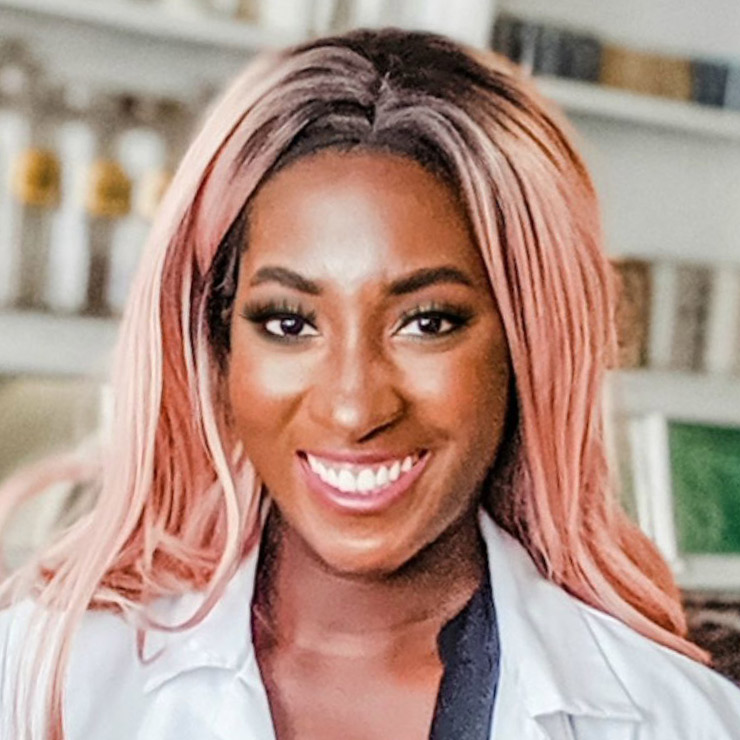Key takeaways:
When it comes to statins versus red yeast rice supplements, there are some differences to consider. Both can help lower cholesterol levels. But only statins are FDA approved for this use.
Statins and red yeast rice work in the same way to lower cholesterol. But statins are more reliable and effective, especially for people with very high cholesterol or additional risk factors.
Red yeast rice is an over-the-counter supplement. It’s considered to be similarly effective to low-dose, low-intensity statins. But it isn’t FDA approved for any use. Red yeast rice products can also vary in potency and may even be contaminated with harmful substances.
Statins are the most commonly prescribed medications for high cholesterol. But some over-the-counter (OTC) supplements can help lower your cholesterol, too. Red yeast rice is a common example.
When it comes to statins versus red yeast rice, how do the two treatment options compare? Is one safer or more effective than the other? Let’s take a look at five notable similarities and differences between statins and red yeast rice for high cholesterol.
1. Red yeast rice and statins work in a similar way to lower cholesterol
Statins prevent an enzyme (protein) in the liver from making low-density lipoprotein (LDL), also known as “bad” cholesterol. This helps lower cholesterol levels and reduce the amount of cholesterol buildup in the arteries. In turn, this helps lower your risk for heart-related events, such as a stroke or heart attack.
Red yeast rice contains the active ingredient monacolin K. This ingredient is chemically identical to lovastatin, a prescription statin. Because of this, monacolin K blocks the same protein as statins to lower cholesterol levels.
2. Statins are more effective than red yeast rice for very high cholesterol levels
Most clinical studies show that red yeast rice is similarly effective to low-dose, low-intensity statins, such as pravastatin (Pravachol) 10 mg and simvastatin (Zocor) 10 mg.
But some people require moderate- or high-intensity statins to treat high cholesterol levels. This includes people with an LDL of 190 mg/dL or higher, as well as those with an LDL of 70 mg/dL or higher along with other risk factors. In these cases, red yeast rice isn’t considered to be an effective alternative. It doesn’t lower cholesterol as well as moderate- or high-intensity statins do.
3. Statins are FDA-approved medications, while red yeast rice is an OTC supplement
It’s easy to turn to OTC supplements over prescription medications as a more “natural” treatment option. But if you look at the differences in how these products are regulated, you’ll see that natural doesn’t always mean safer or better. Understanding the risks associated with supplements and discussing them with your healthcare team can help you choose the best overall treatment option for your needs. Here’s what you need to know.
Statins are FDA-approved medications. This means they require extensive testing before being marketed and sold. When you take an FDA-approved medication, you know the recommended dosage, what side effects to watch for, and how well it should work. You also know exactly what ingredients are in the medication. Essentially, an FDA approval helps ensure a medication is safe and effective.
In contrast, red yeast rice is an OTC supplement. The FDA doesn’t regulate supplements the same way as prescription medications. Supplement manufacturers don’t have to prove their products’ safety or efficacy before putting them on the market. As a result:
There isn’t a standard dosage for red yeast rice products.
The amount of active ingredient in red yeast rice supplements can vary widely among brands.
The ingredients or amounts of ingredients may differ from what’s listed on a product’s label.
Natural ways to lower your cholesterol: Some of the best ways to lower your cholesterol don’t involve medication at all. And they are much more affordable.
Muscle pain from statins: Learn if you’re at a higher risk for muscle pain from statins and what you can do about it.
Statin alternatives: Learn about other treatments for high cholesterol if statins aren’t an option for you.
Due to these safety concerns, red yeast rice supplements aren’t currently recommended as a first-choice treatment for high cholesterol levels. What’s more, products that contain enough monacolin K to lower cholesterol levels are considered illegal in the U.S., according to the FDA.
4. Red yeast rice and statins cause similar side effects, but red yeast rice has an added risk
As mentioned, statins and red yeast rice work the same way in the body. Because of this, they share similar side effects, including:
Stomach pain
Nausea and vomiting
Heartburn
Diarrhea
Fatigue
Headaches
Muscle pain
Save on medications with GoodRx
More serious side effects of statins and red yeast rice include kidney, muscle, and liver damage.
Sometimes, red yeast rice supplements are contaminated with a toxin called citrinin. This substance can seriously damage the kidneys, as well as other parts of the body. Since red yeast rice supplements aren’t well regulated, there’s no way to know for sure if a product is citrinin-free, even if the label claims it is.
5. You shouldn’t take red yeast rice and a statin at the same time
Because red yeast rice and statins work the same way in the body, you shouldn’t take them at the same time. Combining these treatments raises the risk of experiencing serious side effects, such as muscle damage and liver problems.
If you’re taking a statin and looking for an alternative treatment, talk to your prescriber before making any changes. There are safer options than red yeast rice that they can recommend. And if you’re already taking red yeast rice, be sure to let your healthcare team know before starting any other cholesterol medications.
The bottom line
Statins and red yeast rice work in the same way to help lower cholesterol levels. But statins are the safer, more effective choice — especially for people with very high cholesterol or other heart-related risk factors.
Statins are approved and regulated by the FDA, so their potency and safety are carefully monitored. Red yeast rice, on the other hand, is an over-the-counter supplement that can be inconsistent in quality and even contain harmful contaminants. If you're thinking about switching from a statin to a supplement like red yeast rice, talk to your prescriber to explore safer options.

Why trust our experts?



References
Cicero, A. F. G., et al. (2019). Red yeast rice for hypercholesterolemia. Methodist DeBakey Cardiovascular Journal.
Cicero, A. F. G., et al. (2023). Red yeast rice for the improvement of lipid profiles in mild-to-moderate hypercholesterolemia: A narrative review. Nutrients.
Eunice Kennedy Shriver National Institute of Child Health and Human Development. (2021). How are drugs approved for use in the United States? National Institutes of Health.
Mach, F., et al. (2019). 2019 ESC/EAS guidelines for the management of dyslipidaemias: Lipid modification to reduce cardiovascular risk: The task force for the management of dyslipidaemias of the European Society of Cardiology (ESC) and European Atherosclerosis Society (EAS). European Heart Journal.
National Center for Complementary and Integrative Health. (n.d.). Natural doesn't necessarily mean safer, or better. National Institutes of Health.
National Center for Complementary and Integrative Health. (2019). Using dietary supplements wisely. National Institutes of Health.
National Center for Complementary and Integrative Health. (2022). Red yeast rice: What you need to know. National Institutes of Health.
Silva, L. J. G., et al. (2020). Citrinin in foods and supplements: A review of occurrence and analytical methodologies. Foods.
Trogkanis, E., et al. (2024). Safety and efficacy of the consumption of the nutraceutical “red yeast rice extract” for the reduction of hypercholesterolemia in humans: A systematic review and meta-analysis. Nutrients.
U.S. Food and Drug Administration. (2022). FDA 101: Dietary supplements.














